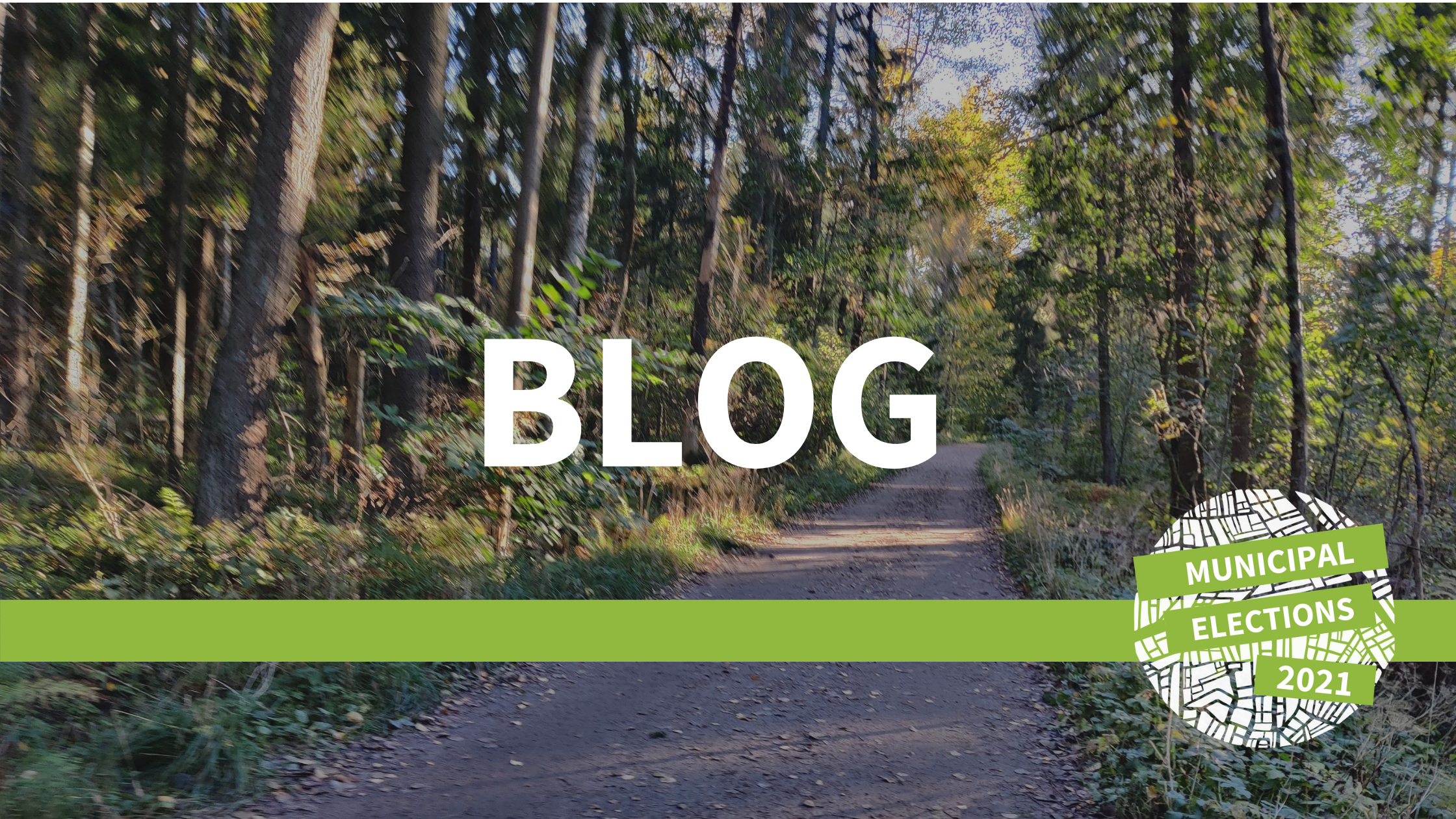I grew up all my childhood in a city where paths forked in different directions from the asphalt area in the courtyard of an apartment building. Winding routes took me to different places:
One took me to the chewing track, where we jogged in the summer and skied in the winter. High outdoor tracks counted skis gradients and a half minutes, we thought we were skiing on the slopes. Another took me to a lake where dog walkers let their dogs run free in the winter and children built sand cakes wearing floats in the summertime. I got my first pen pal from the same beach.
The third path took us to the bike path along which we cycled into town. On the green route, the mouth had to be kept closed, for flocks of aphids flying with the wind were our curses. My home changed in the city a considerable number of times, but the situation never changed. It was possible to enter the city forests and parks at any time, almost at the click of a finger.
It wasn’t until I moved to Helsinki that I realized I was privileged.
For the train carrier, the urban environment filled with concrete boxes was a shock. In my first home, the nearest exercise site was a ten-minute walk away, at the end of which I was able to get around the green perimeter for about 20 minutes in its direction. On the gravel road, I took spurts between lantern poles, dodging flocks of geese, and climbed up the hill to its largest rock, where the sun’s rays made streaks from the rest of the conifers.
I later realized that my first home was a lottery win.
Access to nature in the metropolitan area may require ingenuity. Six trees in the same green area can be counted as forest if the need for it is strong enough. A nearby pond can be a breathing hole where the brain is left in the middle of a clumsy tough exam week. Alternatively, in nature, the mover either takes a private car to the national park or spends more than an hour and a half traveling there by public transport.
A forest of six trees may sound amusing, but the need for green spaces is real. Green spaces are debated in the municipal council and environmental boards every year, and addresses for the conservation and protection of various green areas are made frequently.
The hopes of preserving the areas are justified in many respects: Moving around in nature, among other things, lowers stress and blood pressure, improves mood, increases physical activity, and improves adaptation to a new area.
Less than a year ago, when I got an apartment on the edge of Keskuspuisto, immediately on the day of the move, I rushed to the edge of the forest to marvel at passing joggers.
Urban Policy Program for Student Unions in the Helsinki Metropolitan Area: At the expense of green spaces, construction should not take place and nature must be preserved as part of the cityscape.
By voting in municipal elections, you influence how the city is zoned and what kind of green areas there are in residential areas.


